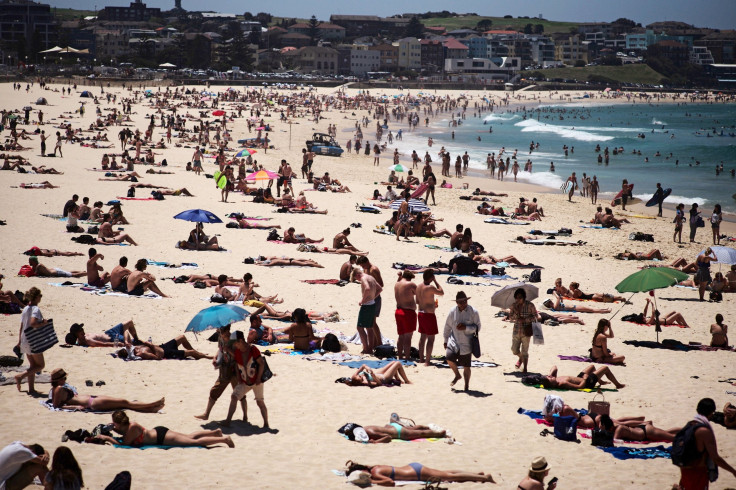Cost of living in Australia: Sydney ranks as most expensive city

A new report shows how Australian cities compare when it comes to spending. People have been spending more in New South Wales in recent years, the report has found. NSW is followed by Victoria, South Australia, Queensland and Western Australia.
BCEC’s “The Price is Right?” aims to understand how much Australian households spend on goods and services to maintain a baseline standard of living. The report compares prices and spending across Australian states and capital cities; wide disparities in cost-of-living patterns across cities have been noted.
Data drawn from the Economist Intelligence Unit's Worldwide Cost of Living Index ranked Sydney as the most expensive. This is mainly due to increases in housing and education costs. Between 1995 and 2017, they have increased by 5.7 percent and 5 percent, respectively. The rise in housing prices in Sydney is also felt as housing makes up one-quarter of households' spending.
In WA, wages growth has outpaced the growth in prices of goods, compared to any other state and territory over the past 15 years. Sydney is followed by Melbourne, Brisbane, Adelaide and Perth as the most expensive Aussie cities.
Real household spending jumped 14 percent in NSW between 2009-10 and 2015-16. It climbed by 4 percent in WA over the same period.
As spending soared, the same period also saw a climb in the price of goods. The consumer price index (CPI) in Sydney was still the highest among all capital cities, rising by 16.4 percent. Melbourne, Brisbane, Perth (15.1 percent) and Adelaide follow.
Meanwhile, growth in real household spending spiked at 25 percent in Queensland WA. Other population centres have seen a much slower spending growth. These differences between Australian states and territories reflect the workings of a "two-speed economy,” where spending levels are more sensitive to the ups and downs of the economic cycle in WA and Queensland.
WA might be spending less as households in severe financial hardship divert increasing shares of their household budgets to meet housing needs and utility costs. In order to spend more on housing, those in severe financial hardship were said to be cutting back on other discretionary spending.
Some households opt to trade off transport and health spending in order to meet housing needs. In 2015-16, the budget share that stressed households diverted towards transport was 4 percent, compared with 11 percent for a typical WA household.
The New York Times/YouTube





















